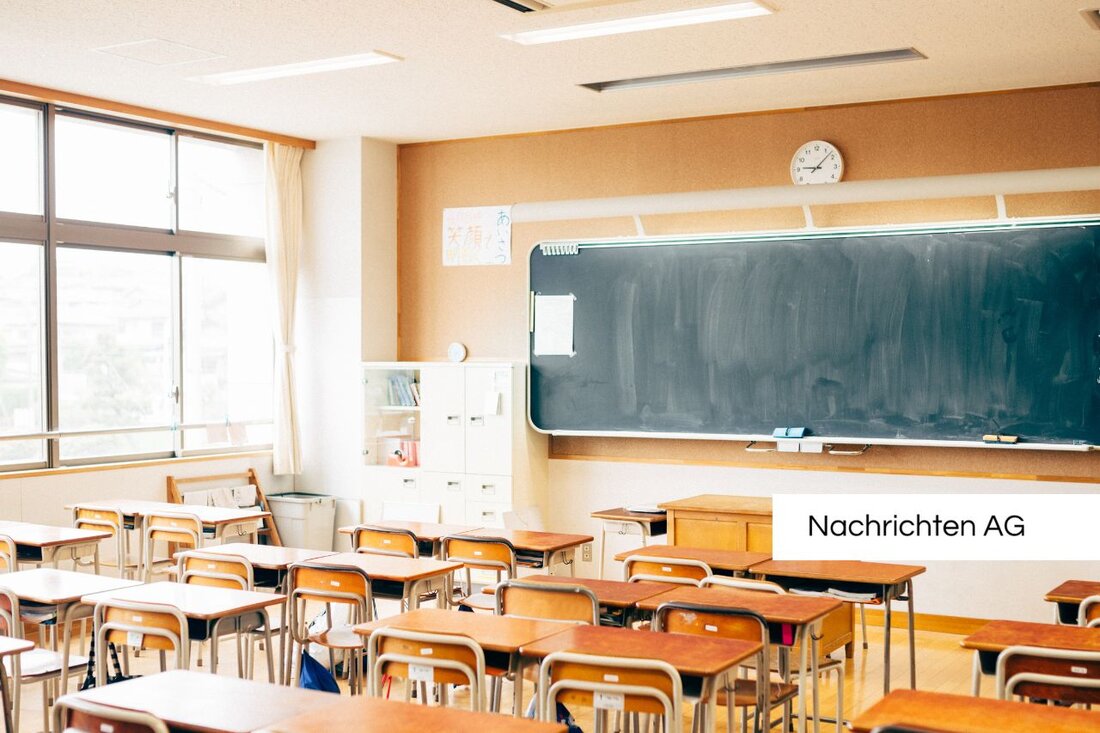Future of the Gray Monastery: Agreement after decades of dispute!
Find out everything about the future of the Gray Monastery in Berlin-Mitte, its history and current developments regarding the use of the ruins.

Future of the Gray Monastery: Agreement after decades of dispute!
The Gray Monastery in Berlin-Mitte is now a sad ruin that bears witness to a colorful history. This former Franciscan monastery church, built in the 14th century, is one of the capital's few Gothic buildings and has lost much of its splendor. The discussion about the future use of the area has been going on for many years. Ideas range from the creation of a public park to a new building for the “Berlinisches Gymnasium zum Grauen Kloster”, one of the oldest schools in Berlin, which was founded in 1574. In the last few months, however, the legal situation for the property at Klosterstrasse 73, 73a and 74 has changed fundamentally.
In July 2025, a legal dispute between the State of Berlin and the Berlinisches Gymnasium zum Grauen Kloster Foundation was ended by a settlement after decades of disputes. 94% of the 6,500 square meter site remains the property of the state. The foundation only receives 408 square meters and a compensation payment of one million euros. This legal dispute had its origins after reunification, when the foundation asserted claims for retransfer, which were, however, rejected.
The future of the Gray Monastery
According to Georg Dybe, the foundation sees itself as the legal successor to the old institution and would like to present the school's history at this historic location and promote cultural activities. The support association of the Evangelical High School is also committed to building a new high school at its original location. At the same time, there are demands from citizens to rebuild the monastery building according to the city layout of the 1920s and to improve the care of the ruins in order to focus more on them as a memorial.
Critics, including Katalin Gennburg from Die Linke and Philipp Oswalt, fear that the agreement with the foundation could lead to the misappropriation of public assets. Oswalt has launched a petition to stop the so-called “Gray Monastery real estate scandal.” The lack of clarity about the foundation's legal successor remains a controversial issue, and the financial administration plans to present the agreement to the House of Representatives' Assets Committee.
Berlin in transition
The Gray Monastery is just one example of the comprehensive transformation processes that Berlin has undergone since the fall of the Wall in 1989. These changes are a response to urban planning, social and political challenges that shape the city. Demolition and new construction projects have become the norm in recent decades. The perspective for the Gray Monastery could therefore be part of a larger development concept for Berlin, which may also consider sustainable urban design.
The current construction project includes not only the Gray Monastery, but also numerous projects in the city that aim to improve the quality of life. For example, the former sports and recreation center (SEZ) will be put to new use to create space for 500 rental apartments and a school. Tempelhofer Feld represents a challenge when it comes to creating living space and recreational areas and could be integrated into the plans for the Gray Monastery.
The future of the Gray Monastery depends crucially on political decisions and on the ability of the actors involved to reach a common consensus for use. While many citizens are calling for the location to be upgraded, the question remains as to what a successful synthesis of historical preservation and modern city life can look like.
For more information on this topic read Development City, [rbb24].

 Suche
Suche
